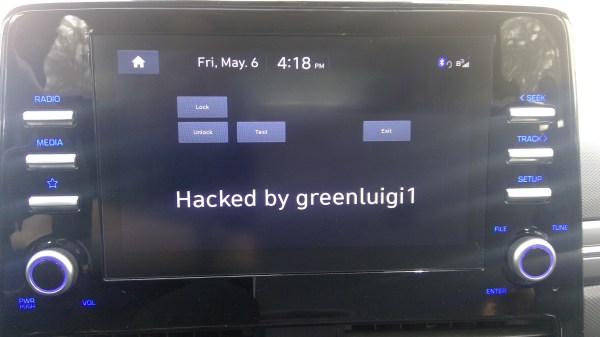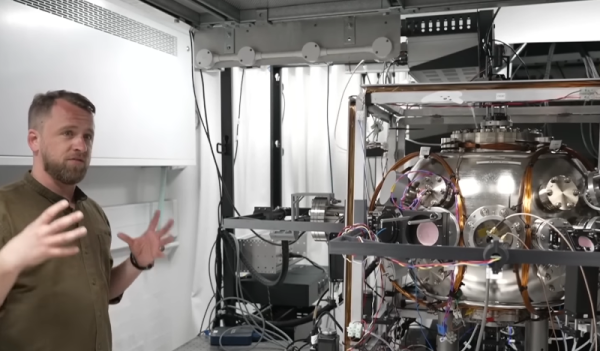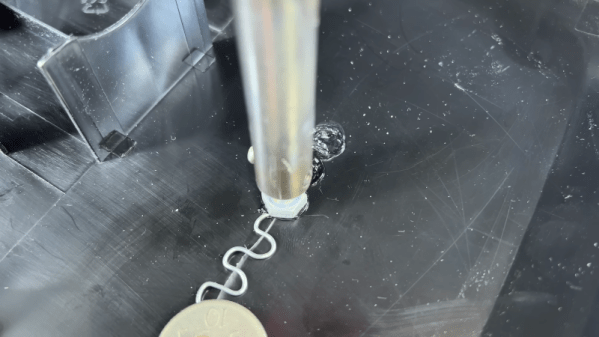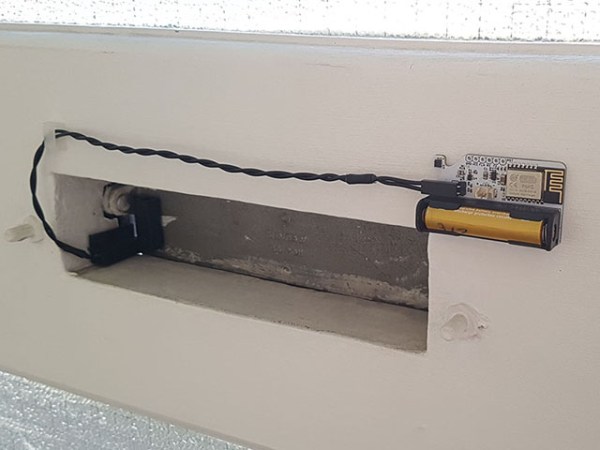At first glance the problem of how to plant trees would seem to be a straightforward one: take a seed, jam it into the soil and let nature take its course. Or alternatively do much the same with a sapling that already got a start in a nice, comfortable greenhouse before leaving it to its own devices. To the average person this is generally the point where it’s considered a ‘done deal’, but one only has to take a look at the average survival rate of saplings out in the wild to perish that thought.
Each environment offers its own set of challenges when it comes to reforestation, which can perhaps be considered ironic as many of these trees are being planted where forests used to be, albeit centuries ago in many cases. There are the easy spots, such as flat fields, with rich soil, ample rain and mild weather, to the challenging terrain of Iceland, or mountainous terrain. Here the logistics are challenging and where once rich forests flourished, the very landscape seems adamant to reject this botanic intrusion.
Further complicating matters here are the myriad of reasons why we’re looking at planting so many new trees that it has even become an internet thing, as with the 2019 ‘Team Trees’ 20 million new trees challenge. So how did we get here, why exactly are we doing all of this, and how much of these attempts do bear fruit?

















